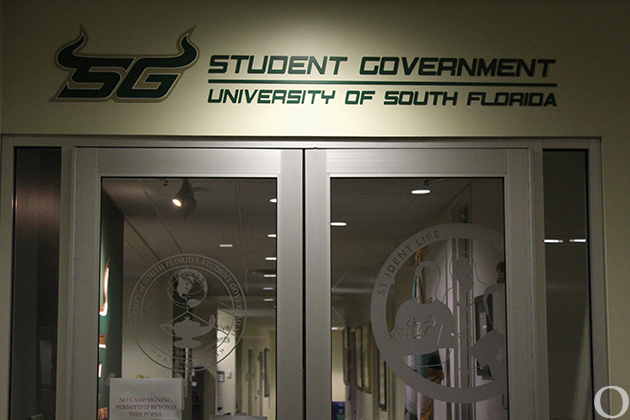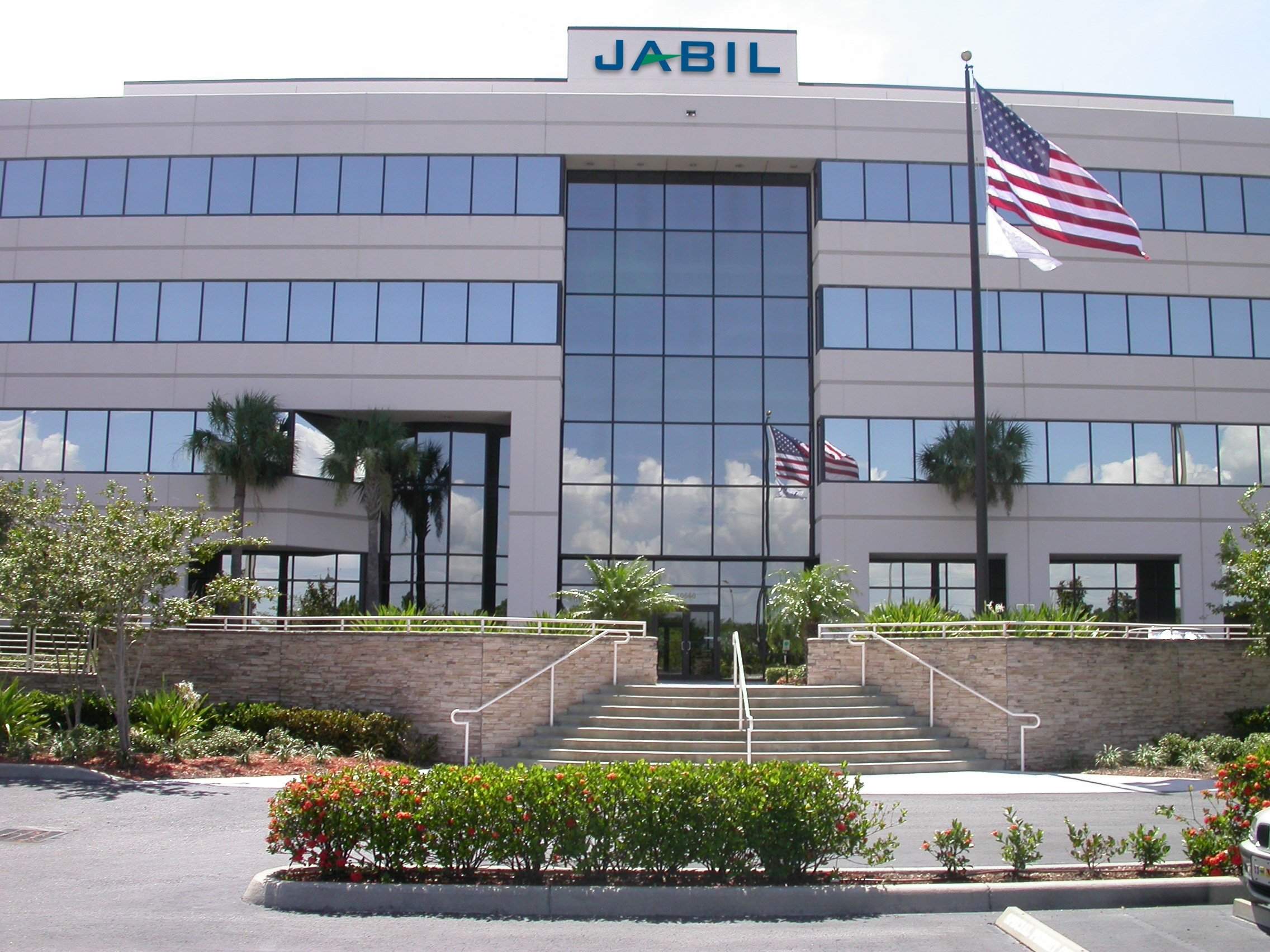Getting back to normal
NEW YORK – The air still thick with dust and tinged with bitter smoke, a city still patching together phone lines and electricity battled to get back to business for today?s reopening of Wall Street.
The New York Stock Exchange and the Mercantile Exchange, as well as City Hall and other government buildings and courthouses, are to reopen today, even as much of lower Manhattan remains inaccessible.
?We think we?re ready for it,? Mayor Rudolph Giuliani said Sunday. ?Some of it obviously … is trial and error.?
Five days after two hijacked commercial jetliners brought down the World Trade Center, parts of the island?s southern tip are still without electricity or telephone service. Streets are crisscrossed with heavy utility cables and portable generators stand on sidewalks.
The Wall Street subway station is closed, and only subways on the east side of downtown Manhattan will run at all. Streets are closed to vehicles and some thoroughfares are blocked altogether.
Even so, Giuliani has made reopening the area ? home to the city?s financial and government sectors ? a priority. The New York Stock Exchange had a successful test Saturday of its computer and communications systems.
The computerized Nasdaq Stock Market, which doesn?t have a trading floor as the NYSE does on Wall Street, said it had also conducted a successful test of its systems.
?The life of the city goes on, and I encourage people to go about their lives,? said Giuliani.
?One of the best things they can do to show how strong they are, and to show how terrorists can?t cower us, is to not be cowered.?
Giuliani said 180 people had been confirmed dead, 115 of whom had been identified. Eighteen city firefighters were among the confirmed dead, including two top officials. The total number of missing was raised by more than 100 on Sunday, to 5,097.
?The recovery effort continues and the hope is still there that we might be able to save some lives. But the reality is that in the last several days we haven?t found anyone,? Giuliani said.
A high-ranking police official, speaking on condition of anonymity, said workers weren?t even finding bodies, only body parts.
No one has been pulled alive from the wreckage since Tuesday, the day when two hijacked jetliners were crashed into the trade center?s twin towers.
?We can?t even find concrete; it?s dust. What we?re calling bodies aren?t really bodies,? the official said.
Much of downtown Manhattan was to reopen today with the help of a new service, a ferry carrying passengers across the East River from Brooklyn to Manhattan. The Empire State Building, dark since the bombings, was to be lit Sunday night in red, white and blue.
The NYSE was not physically damaged in the attack. But a telephone switching operation was knocked out, severing some of the communications systems used in trading. A number of investment firms suffered damage that forced them to relocate some of their operations and re-establish computer links.
About $100 billion worth of trades are conducted every day in the United States, bringing the estimated losses from the shutdown to $400 billion, according to the Securities Industry Association. Investment firms suffered many millions of dollars more in damage.
Business owners and residents are concerned that the tens of thousands of people returning to work could create chaos in a fragile situation.
?I don?t know how much this place can take,? said Elizabeth Hart, who lives on John Street, three blocks from where the World Trade Center stood. ?There?s no power, it smells bad. The last thing we need is crowds going to work down here.?
Despite Giuliani?s optimism, some business owners say they may need days, even weeks, to prepare.
?I don?t think it?s going to be possible. I don?t know how they say they can open,? said Marek Zieba, the superintendent for an apartment building on Ann Street. ?It?s good for the people, but I don?t think they can open.?
Dennis Goin, president of the Goin & Co. brokerage firm, is so concerned about potential chaos Monday morning that he plans to sleep inside his company?s office, just down the street from the NYSE building.
Goin?s firm usually trades on the floor of the American Stock Exchange, which was left without electricity and will temporarily operate out of the New York exchange.
Besides the problems with infrastructure, Goin said the return to work is likely to be emotionally searing as well ? today and beyond.
?It will be a long time before people think of it as business as usual, because you might be calling to people … who you might call once a month, and when you place that call, you might be told that Joe isn?t here anymore,? he said.
Later Sunday, Giuliani offered a personal story about perseverance. Addressing a ceremony in which 168 firefighters were promoted, the mayor said he had an uncle whose legs were broken when he was thrown from a ladder truck ? answering a false alarm.
?One of my earliest memories is his talking about wanting to go back to work. It was the thing that got him through, the thing that sustained him,? he said.
The Fire Department, in the worst tragedy it has experienced since its first engine companies were formed in 1865, lost about 300 members in the trade center carnage.
Through black and white swirls of smoke, rusty-looking remains of the center?s once-shining exterior stood at precarious angles. But the rescue work ? dusty, sweaty and likely in vain ? continued.
Among the grisly finds have been a pair of hands, bound together, found on a rooftop. Another was the torso of a Port Authority police officer, identified by the radio still hanging from his belt.
James Monsini, a volunteer and demolition expert from Brockton, Mass., said he and some fellow workers were concentrating on subbasement level garages and shops. He said they were hoping for air pockets that would allow victims – perhaps trapped in their cars – to breathe.
?I saw a car with an interior light on, and I got really hopeful that it was a sign (of life),? he said. ?But the person was dead.?
Another volunteer, steamfitter James Drew, said there was so much glass, hot metal and other debris on the ground that firefighters had to carry bootee-wearing search dogs where they were needed.
Drew also described a search technique he called ?shave and a haircut?: rescuers tap in rhythm on steel or concrete, hoping for taps in response.
No one has been answering.






